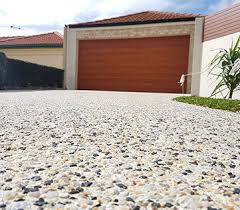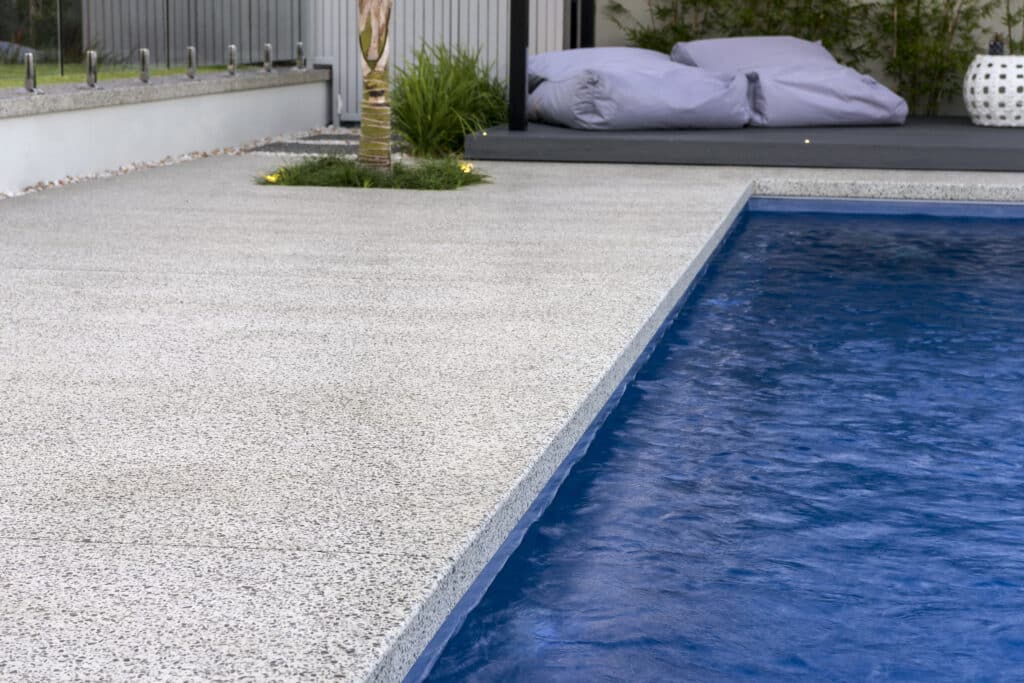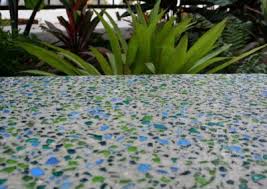Exposed Aggregate Concrete Contractor Los Angeles
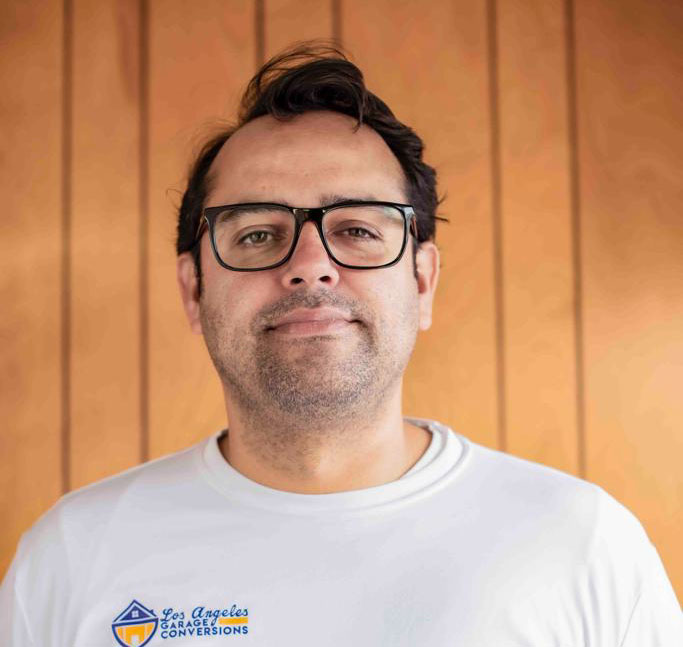
by Alonso Romero
CA State Lic. Concrete & Masonry C-8
CA State Lic. General Contruction - B
Buckaroo Banzai the Concrete Nerd
Actual person performing the job
Date: 07/08/2021
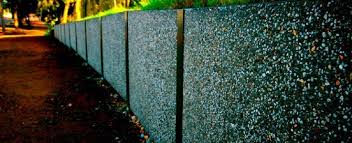
Ever noticed rocks, pebble, or even glass embedded in concrete walkways, driveways, or walls in Los Angeles? That is what is called exposed aggregate.
Exposed aggregate has been around since the early 1900s -- long before stamping, stenciling and staining concrete. In fact, you can find examples of it while walking around any historic Los Angeles neighborhood. However, this method is not ready for retirement.
Think of exposed aggregate as a piece of marble or granite -- a boring, bland surface is stripped away to expose the beauty that lies underneath. In the case of exposed aggregate, the thin layer of concrete is removed to exposed the pebbles, rocks, recycled glass or even shells used as aggregate in the concrete.
Exposed aggregate is a cost-saving way to add some design to your concrete. It’s also slip-resistant, durable and easy to maintain.
What is exposed aggregate in Los Angeles?
All concrete mixes have aggregate inside of it. It’s a filler inside a concrete mix that works to make the concrete stronger. Plus, the larger the aggregate you mix into your concrete, the cheaper it is.
That said, aggregate can be composed of many different materials, such as colorful natural stone, such as granites, basalts, quartz or limestone. Other materials, like recycled glass or seashells can also be used as aggregate. When choosing your aggregate, you want to consider the following:
-
Cost
-
Color
-
Hardness
-
Size and gradation
-
Shape
-
Method of exposure
-
Durability
The size and shape of decorative aggregate varies. You can choose aggregates that vary in size from ⅜ inch to 2 inches in diameter. Colors can range from rich hues such as dark blue or red granite, delicate pastels such as pink or rose quarts to earthier tones such as sandy brown river gravel, black basalt, and gray limestone.
Aggregates that are more angular have more texture and dimension while rounder aggregates offer the best coverage and a smoother surface.
Certain aggregates are best not used.
-
Flat or sliver-shaped: These do not hold up well and can come out easily over time.
-
Iron Oxides and Iron Pyrites: These aggregates can stain the concrete.
Why choose exposed aggregate in Los Angeles?
Exposed aggregate combines the brute strength of concrete with the aesthetic appeal of a decorative aggregate giving you the ideal combination of looks, strength, flexibility of design all at a relatively low cost.
With its durability, low maintenance and skid-resistance, it can be used practically anywhere in your home:
-
Pool decks
-
Driveways
-
Sidewalks
-
Decorative retaining walls
-
Architectural facades
How much does exposed aggregate cost in Los Angeles?
How much does it cost? Click here to find the cost of a regular concrete driveway. In Los Angeles, you can expect to pay about $3,000 to $10,000 for 500 square feet of exposed aggregate. This cost includes:
-
Excavation
-
Preparation
-
Pouring
-
Finishing
-
Rebar/reinforcement
-
Equipment
-
Waste
-
Labor
Of course as with every home improvement project, the cost is going to be determined mainly by how complex the project is. With exposed aggregate, another cost determinate is the type of aggregate you use. Some aggregates are more costly than others. However, you don’t always need expensive aggregates to achieve impressive results.
How is exposed aggregate installed in Los Angeles?
Aggregate is added to your cement as it is poured in one of three ways:
-
Seeded: In this method, the cement is poured and then the aggregate is sprinkled by hand and embedded in the cement until a thin layer of cement covers the aggregate.
-
Mixed: Aggregate can also be mixed into the cement. This does use more aggregate, so it could affect the price of your project.
-
Thin Topping: One final method involves pouring a thin layer of the cement with the aggregate in it over an already installed grey slab.
Once your concrete has been poured and placed, the decorative aggregate is ready to be revealed. There are many different methods for your contractor to choose from. It all depends on the look you’re trying to achieve and the size of the project. Only the top of the stone will be revealed. The general rule of thumb is that about the top third of the rock will be exposed. That way, it won’t be prone to become detached.
Here are some of the ways your contractor may decide to expose your aggregate.
-
Brushing and Washing: The oldest method is the simplest method. With brushing and washing, your contractor will simply wash away the thin layer of surface mortar covering the aggregate by spraying it with water and scrubbing it with a broom until the aggregate is exposed to the desired depth. Timing is critical with this operation! The work begins as soon as the surface mortar can be removed without exposing too much of the aggregate or dislodging it. Because this is such a time-sensitive operation, this method is best used on smaller projects.
-
Surface Retarder: A newer, more common method is using a surface retarder. In this process, the contractor sprays a chemical onto the slab surface immediately after placing and finishing. This delays the set of the concrete and gives the contractor the flexibility to remove the cement paste up to a day or so later. This flexibility is especially important on large jobs or during hot weather.
-
Abrasive Blasting: With this method, a sandblaster or a shot blaster is used to expose the aggregate after the concrete has set and hardened. This is not always the best way to expose your aggregate. It can fracture the aggregate and dull its appearance. This is not a good method if you want to preserve the shape and full color intensity of your exposed aggregate.
There are many ways you can style your concrete work in Los Angeles. Let the experienced professionals at Concrete Decor Contractor help you on. Call us today!
